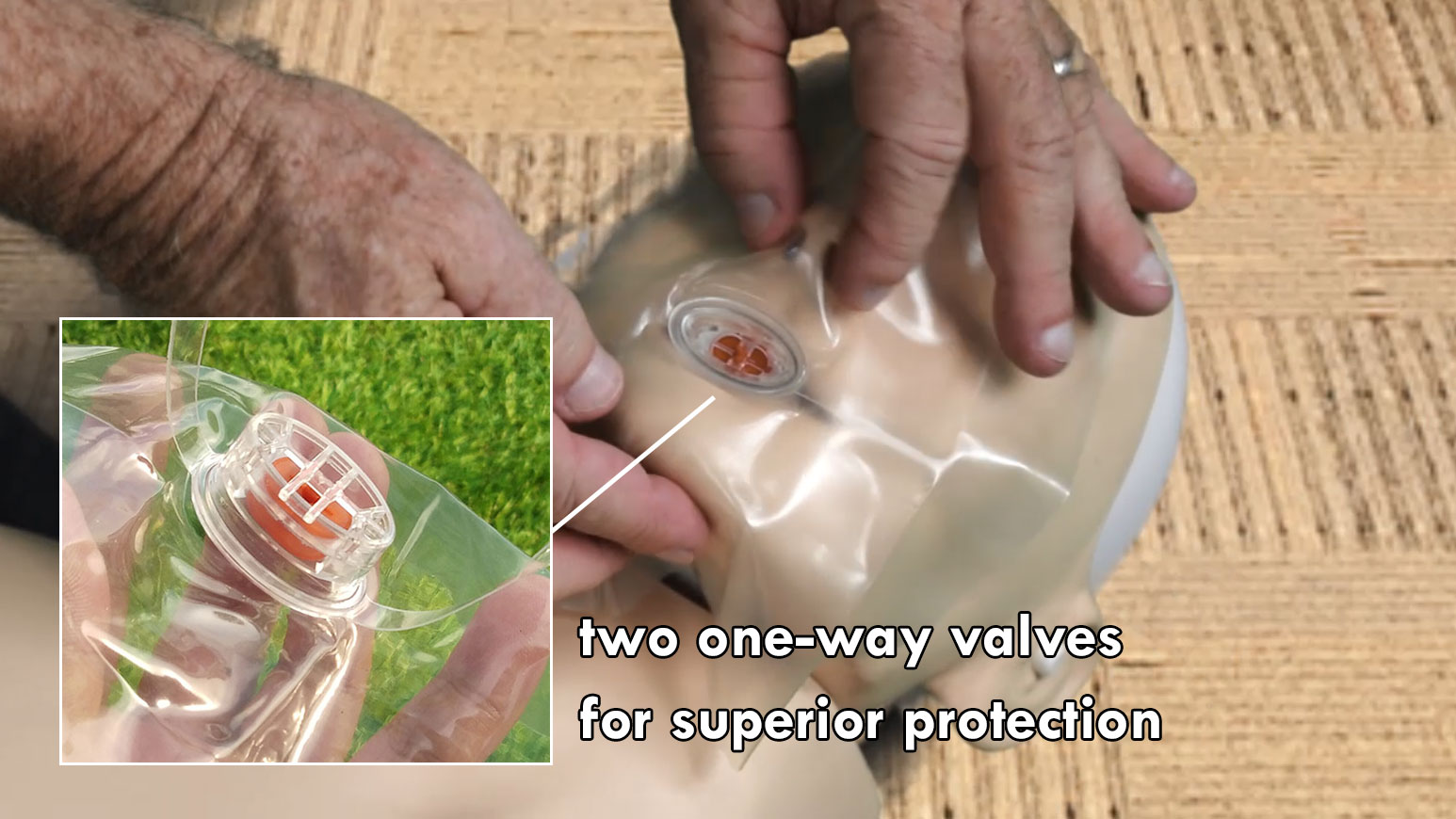Safe Practices: Reducing Risk with Personal Protection in CPR and First Aid

First Aid and CPR are vital skills that can help save lives in emergencies. These techniques, however, expose responders to bodily fluids that may carry pathogens. For this reason, personal protection during first aid and CPR is of paramount importance. As an experienced first responder, I have learned that practicing safe techniques and understanding personal protection equipment (PPE) usage are essential.
 One of the most practical pieces of PPE for any first responder or first aid provider is disposable gloves. You should always have a pair ready whenever providing first aid care. If you have a latex allergy, alternative materials such as nitrile or vinyl are available.
One of the most practical pieces of PPE for any first responder or first aid provider is disposable gloves. You should always have a pair ready whenever providing first aid care. If you have a latex allergy, alternative materials such as nitrile or vinyl are available.
Before providing care, thoroughly inspect your gloves for any rips or damages that might expose your skin. Jewelry such as rings can potentially tear gloves, so consider removing these items before providing care.
Removing gloves properly is just as critical as putting them on. The technique is often described as “skin to skin, glove to glove.” Here’s how it’s done:
- Pinch the outside wrist of the other gloved hand.
- Pull the glove off, turning it inside-out as you remove it. Hold it in the gloved hand.
- Using the bare hand, reach inside the other glove at the wrist.
- Pull off the second glove, turning it inside out and trapping the first glove inside.
Dispose of the gloves appropriately after use. If done correctly, the outside of either glove should never have touched your exposed skin.
In scenarios requiring rescue ventilations, another essential piece of personal protection equipment is a mouth barrier or face shield. These tools typically come with a one-way valve to prevent exposure to any potential pathogens.

In the field, personal protection doesn’t just safeguard you, it safeguards the people you’re assisting by limiting the potential cross-contamination. These simple, yet effective strategies can reduce the risks associated with administering first aid and CPR, keeping both you and the patient safer.
I’ve always advocated for continuous learning and refreshing these essential skills. That’s why I recommend taking advantage of a free online CPR course to ensure you’re up-to-date with the latest techniques and practices. Knowledge is the first step towards effective personal protection.
Remember, our ultimate goal is to help people. In doing so, we must also remember to protect ourselves. Stay safe and continue to make a difference by being prepared, vigilant, and protected.



Comments are closed.